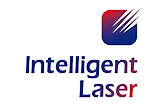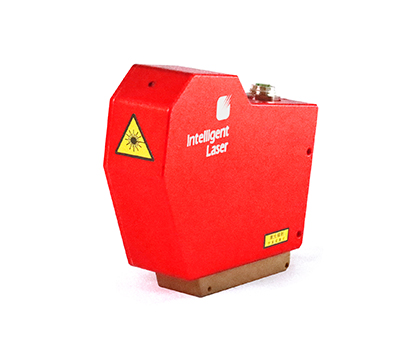The industrial robot market is rapidly emerging as a new engine for global manufacturing. Behind the smart manufacturing sweeping the world, the machine vision technology, known as the role of industrial robots' "golden eye", is of great merit! Laser seam tracking system is an important equipment for welding robots to achieve intelligence.
Laser seam tracking system principle
Vision system, combined with laser and vision technology, can achieve accurate detection of three-dimensional space coordinate position, so that the robot to achieve independent identification, independent adjustment function, is the core component of the robot control. The system is mainly composed of laser sensors and control hosts. The laser sensors are responsible for active acquisition of weld seam information, and the control hosts are responsible for real-time processing of weld seam information to guide industrial robots or welding special machines to autonomously correct the programmed path to meet intelligent production requirements.
The laser seam tracking sensor mainly consists of CMOS camera, semiconductor laser, laser protection lens, anti-spatter baffle and air-cooling device. Adopting the laser triangle reflection type principle, that is, the laser beam is focused and shaped and projected onto the surface of the object to be measured, the diffuse reflected light is imaged on the COMS sensor through the high quality optical system, and this image information is processed to generate the working distance, position, shape and other information of the object to be measured, and the deviation of the robot programming path is calculated and corrected through the analysis and processing of the detection data. The obtained information can be used for seam search and positioning, seam tracking, adaptive welding parameter control and transferring the information to the robot cell in real time to complete various complex welds, avoid welding quality deviations and realize intelligent welding.
Role of laser seam tracking system
Manual or semi-automatic welding relies on the operator's naked eye observation and manual adjustment to achieve the tracking of the weld seam.
For fully automated welding applications such as robots or automatic welding special machines, the main reliance is on the reproduction of the machine's teachings, the accuracy and consistency of the workpiece and its assembly to ensure that the welding gun can be aligned with the weld seam within the accuracy permitted by the process. Once the accuracy does not meet the requirements, the robot needs to be re-trained.
The sensor is usually mounted in front of the gun at a predetermined distance (ahead), so it can observe and measure the weld seam in advance and calculate the position of the weld seam in relation to the gun
By calculating the deviation between the detected weld seam and the welding gun, the device outputs the deviation data, and the motion actuator corrects the deviation in real time to precisely guide the welding gun to weld automatically, thus realizing real-time communication with the robot control system to track the weld seam for welding, which is equivalent to putting eyes on the robot.
The value of laser seam tracking system
Usually, the machine's repetitive positioning accuracy and demonstration reproduction function are already sufficient to meet the requirements of welding.
However, in many cases, the accuracy and consistency of the workpiece and its assembly do not easily meet the requirements of large workpieces or high-volume automatic welding production, where there are also the effects of stress and deformation due to overheating. Therefore, once these situations are encountered, there is a need for automatic tracking devices that are used to perform functions similar to the coordinated tracking and adjustment of the human eye and hand in manual welding. Improving the labor intensity of manual work helps companies to reduce production costs and improve operational efficiency.

